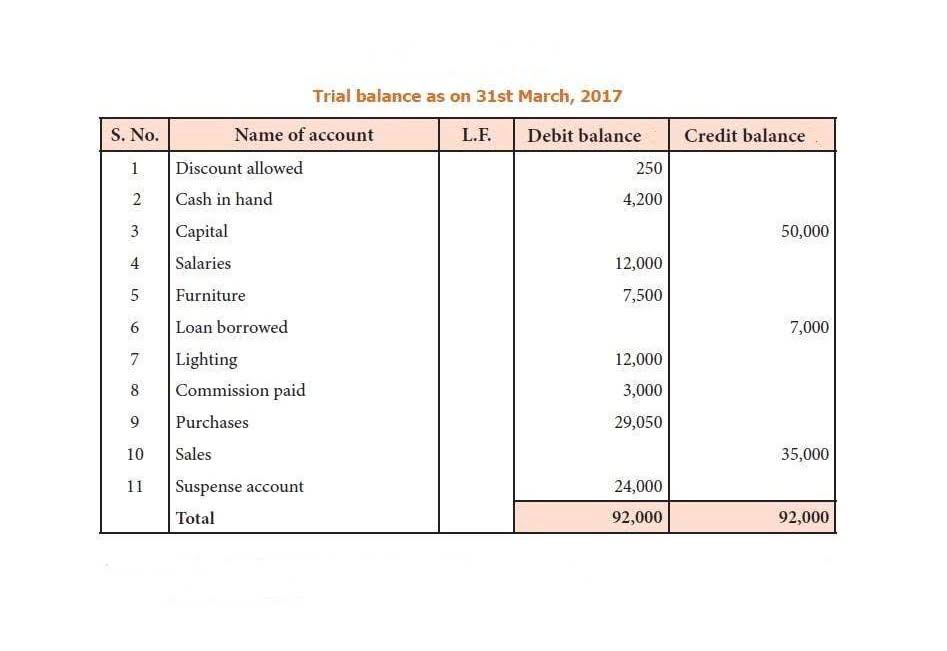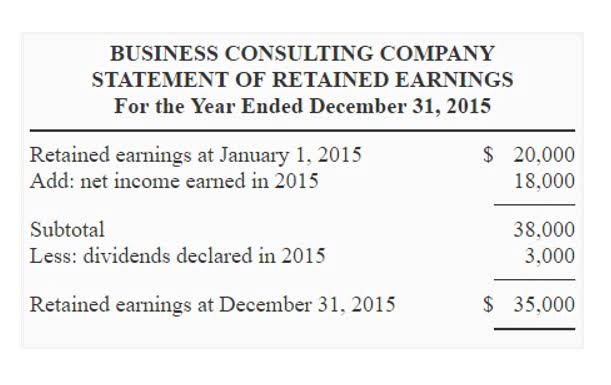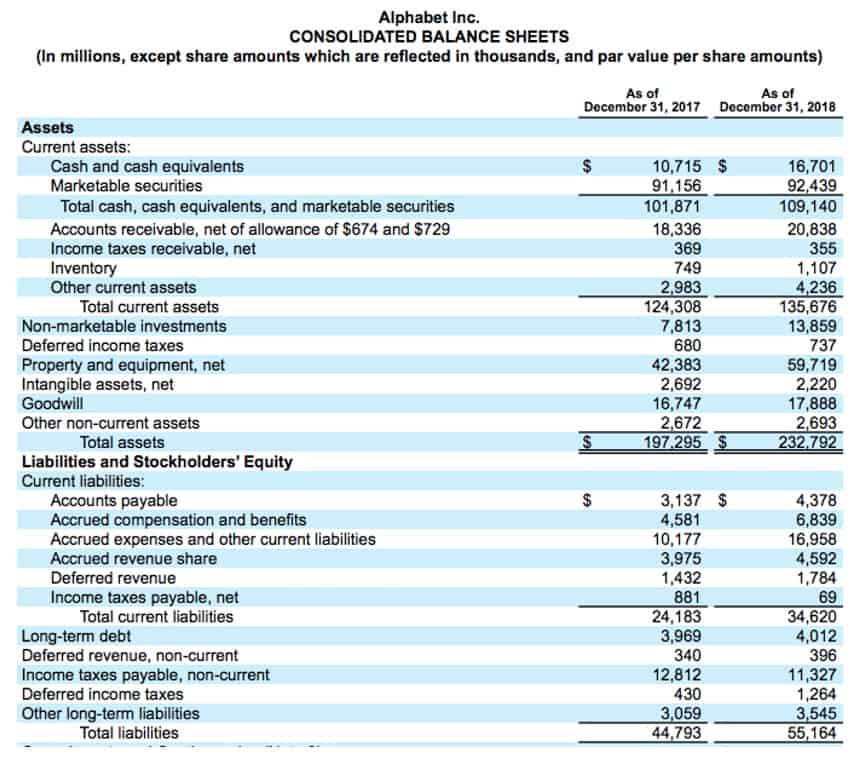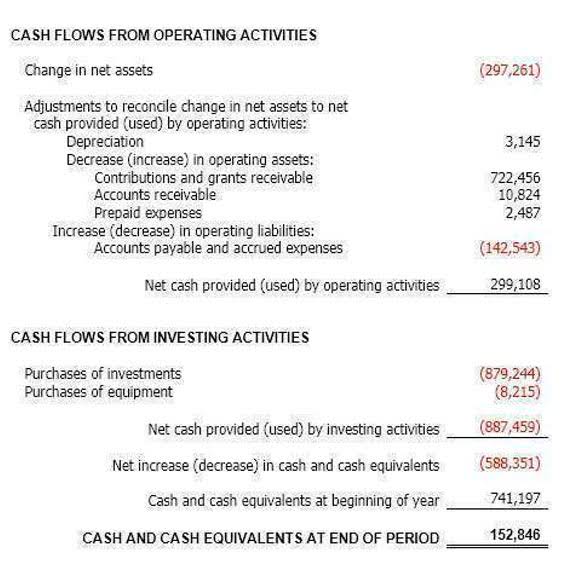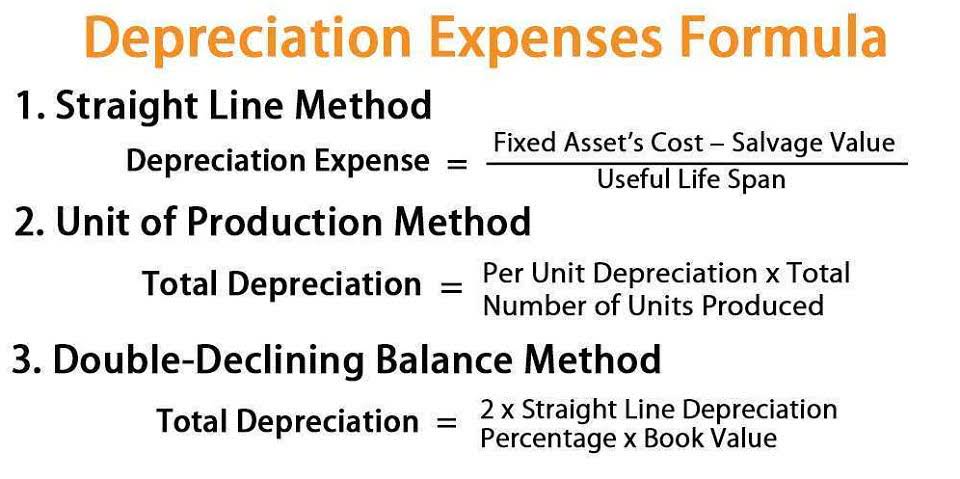This differs from fixed costs like rent or insurance, which will remain the same regardless of your company’s activity. Since variable costs are tied to output, lower production volume means fewer costs are incurred, which eases the cost pressure on a company — but fixed costs must still be paid regardless. There is also a category of costs that falls between fixed and variable costs, known as semi-variable costs (sometimes called semi-fixed costs or mixed costs).
It provides insights into how production levels impact profitability, aiding in pricing strategies and efficient production management. Variable costing can provide key insights to inform bookkeeping terms strategic business decisions across pricing, production, budgeting, and more. By clearly separating fixed and variable costs, managers gain greater visibility into cost behaviors and profitability drivers. By separating fixed and variable costs, the contribution margin highlights how much sales contribute toward covering fixed costs.
However, below the break-even point, such companies are more limited in their ability to cut costs (since fixed costs generally cannot be cut easily). In short, fixed costs are riskier, they generate a greater degree of leverage, and they leave the company with greater upside potential. Variable costs are safer, generate less leverage, and leave the company with a smaller upside potential.
Understanding Variable Costs
One of the most common uses for variable expense info is to set prices for your products or services. The company faces the risk of loss if it produces less than 20,000 units. However, anything above this has limitless potential for yielding benefits for the company. Because commissions rise and fall in line with whatever underlying target the salesperson must hit, the expense varies with changes in production.
Direct labor
For example, wood is a direct material for the chair company, since the final chair is made of it. Wood is considered a variable cost because the price of it can change over time. The total variable cost for this order of 30 chairs would be $1,500, meaning the chair company’s gross profit for the order would be $900 ($2,400 – $1,500).
Avoid These Hiring Pitfalls: How to Successfully Find a Healthcare Data Analyst
Variable costs are usually viewed as short-term costs as they can be adjusted quickly. For example, if a company is having cash flow issues, it may immediately decide to alter production to reduce costs. PQR is a chocolate factory and has the costs, sales, and production information as per the below template. Streamline your processes to cut down on waste and improve productivity.
Variable Cost: Definition, Formula, and Examples
A member of the CPA Association of BC, she also holds a Master’s Degree in Business Administration from Simon Fraser University. In her spare time, Kristen enjoys camping, hiking, and road tripping with her husband and two children. The firm offers bookkeeping and accounting services for business and personal needs, as well as ERP consulting and audit assistance.
- If your company offers commissions (a percentage of a sale’s proceeds granted to staff or the company as an incentive), these will be variable costs.
- Managing these factors diligently allows companies to boost margins by reducing variable cost per unit.
- Since variable costs are tied to output, lower production volume means fewer costs are incurred, which eases the cost pressure on a company — but fixed costs must still be paid regardless.
- Wood is considered a variable cost because the price of it can change over time.
- Salaries are fixed costs because they don’t vary based on production or revenue.
Since fixed costs are more challenging to bring down (for example, reducing rent may entail moving to a cheaper location), most businesses seek to reduce their variable costs. In general, it can often be specifically calculated as the sum of the types of variable costs. Variable costs may need to be allocated across goods if they are incurred in batches (i.e. 100 pounds of raw materials are purchased to manufacture 10,000 finished goods). Examples of variable costs are sales commissions, direct labor costs, cost of raw materials used in production, and utility costs.
Recently, they received a special order for 1,000,000 phone cases at a total cost of ₱22,500,000. For a better understanding of variable cost and how to simplify it, read our article on the accounting system to discover how to automate calculations and improve cost management. Managing these factors diligently allows companies to boost margins by reducing variable cost per unit. If you’re looking for support with tracking all the costs that go into making your business possible, FreshBooks accounting software can help. With in-depth expense tracking, powerful reporting features, and around-the-clock support, we can support your business as it scales up and reaches new heights. Notice how the total variable cost goes up according to the number of contracts, much like in the previous example.
- Focusing solely on variable costing enables companies to make more precise decisions.
- Variable and fixed costs play into the degree of operating leverage a company has.
- For example, if you produce 1 chair with a variable cost per unit of $50, your total variable costs would increase to $500 if you produced 10 chairs.
Variable costing is an accounting method that includes only variable production costs like materials, labor, and overhead in the cost of goods sold. It helps businesses assess how changes in production volume affect profitability by excluding fixed costs from the calculation. Understanding how to calculate variable costs loan fees amortization is crucial for businesses to manage expenses and optimize profitability.
Variable Costs are output-dependent and subject to fluctuations based on the production output, so there is a direct linkage between variable costs and production volume. Total variable costs show the overall expenses for all items produced, while average variable costs show the cost per item by dividing total costs by the number of items. To find the total variable costs, multiply the cost to produce one item by the total number of items made. So, you’re running a business and trying to keep track of all your costs.
Remember to include all types of variable costs, like materials and labor, when calculating your total expenses. This way, you can ensure your business stays profitable and can adapt to changes in the market. Planning and monitoring your variable costs will help you maintain a healthy financial balance. This the home office deduction formula helps businesses determine the total cost of producing goods based on the fluctuating expenses of materials, labor, and production overhead.
This allows companies to more accurately assess the profitability of their products. Variable costing only includes variable production costs, like raw materials and labor, in the cost of a product. Fixed overhead costs related to production are treated as period expenses.








